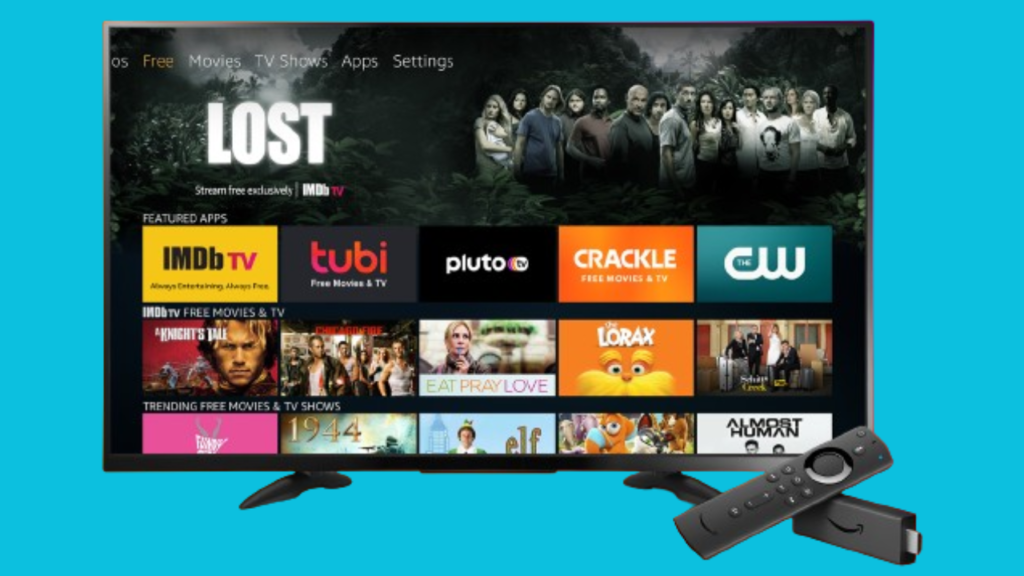Amazon Fire TV platform is reportedly testing a new advertising strategy that could frustrate some users. According to Cord Cutter News, viewers are encountering lengthy ads that replace their usual screensavers, with these commercials lasting between 30 seconds and a minute.
These ads aren’t appearing on every Fire TV device yet. The site reports they are showing up on Amazon Fire TV products manufactured from 2016 onwards, including popular models like the Fire TV Stick 4K Max and the Amazon Fire TV Omni QLED. This suggests Amazon might be experimenting with the format before a broader rollout. We’ve already seen Roku increase its ad presence on home screens and possibly during game pauses, so it wouldn’t be surprising if Amazon follows suit and extends this to all users.
This new ad format follows Amazon’s previous attempt to introduce full-screen ads that played when the TV was first turned on. That feature faced backlash, leading Amazon to make the ads less intrusive and provide an option to turn them off in Settings. It’s likely that users will be able to disable these new screensaver ads too, though Amazon seems to be betting that most will leave them on.
Balancing Ads with User Experience
Amazon’s business model often involves selling products at low prices to generate long-term revenue, a strategy evident from its early years of significant losses until it achieved profitability in 2003. This approach continues with ad-subsidized devices like Kindles, Echos, and Amazon Fire TVs. In fact, Amazon reportedly now earns more from advertising than from subscription fees.
This strategy is why Amazon now charges Prime Video subscribers extra to maintain an ad-free experience, has introduced more ad formats to Fire TV, and is testing screensaver ads on some TVs. However, there’s a risk that Amazon may overreach with its ad placements, potentially making Amazon Fire TV too ad-heavy with home page ads, screensaver ads, and in-show ads.
While advertising itself isn’t inherently bad—it’s a common trade-off for free or cheaper services—platform ads are more controversial, especially when introduced after purchase. This can fundamentally change the user experience, often for the worse. For instance, when my Amazon Echo devices began offering local deals unsolicited, it prompted some users to sell their speakers.
The risk for Amazon is that these long-term gains from ad revenue might not materialize if users decide to switch to competing products that offer a less intrusive experience. Balancing ad integration with user satisfaction will be crucial for Amazon to maintain its customer base.




















